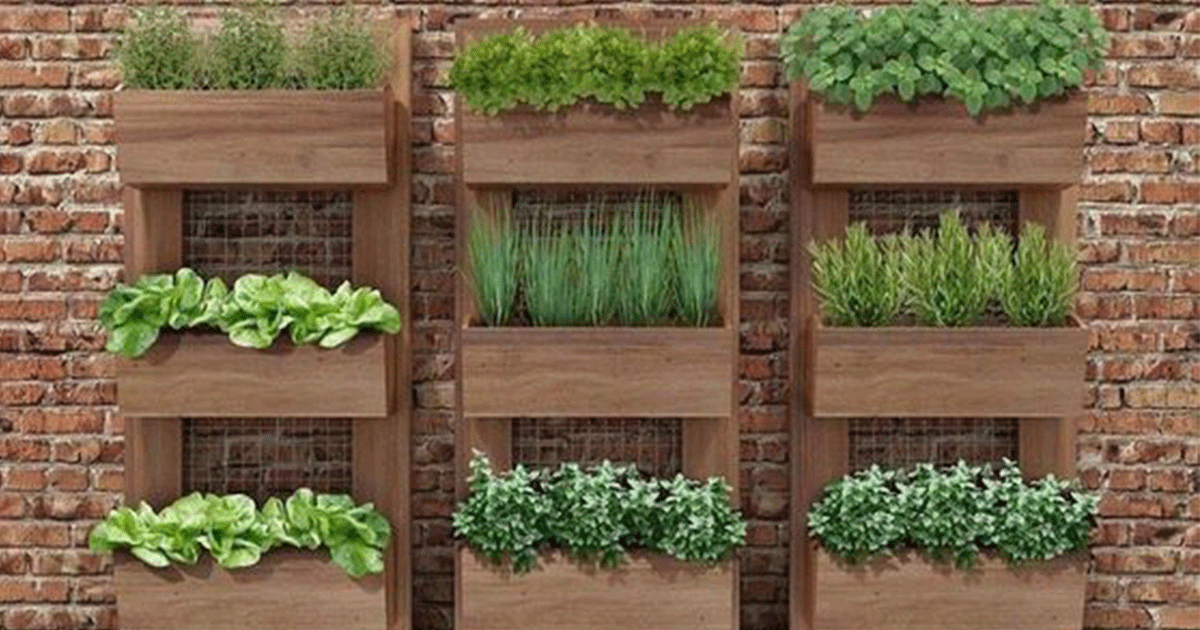GROWING YOUR OWN HERBS
Cooks love the unique flavors that herbs lend to all kinds of food and drink. Plant herbs at home to take your cooking to the next level.
There is something really satisfying about growing your own herbs. Growing herbs is relatively easy, and the result is fantastic, especially if you love cooking and using fresh herbs in you dishes. Growing your own herbs isn’t difficult. All it requires is proper materials, planting pots and a good maintenance.
PICK YOUR POTS |
Clay, wood, resin or metal, the material of your container can vary, the most important is to provide enough drainage.Any pot or planter you will chose must let excess water escape, which is why most planting container bottoms have holes in them. Pick a container that matches the size of the herbs you’ll grow.
CHOOSE YOUR HERBS |
Start simple, these herbs are easy to grow and don’t mind frequent harvesting.
.Basil
Start basil from seeds and place the pots in a south-facing window; it likes lots of sun.
.Mint
Mint can handle shade but it’s better suited to strong sunlight.
.Oregano
It requires full sunshine and lots of drainage.
.Parsley
Parsley does best in moist, well-drained soil and can grow in partially shaded areas.
.Thyme
Thyme has heavily scented leaves and prefers less water. Thyme doesn’t need full sunlight exposure.
.Rosemary
Highly aromatic, rosemary requires cool climates with plenty of sun and moist (not wet) soil. In winter, it is recommended to bring rosemary indoors if possible.
USE STARTER PLANTS |
If you’re a beginner, use starter plants for your herbs. This will save you two to three weeks of grow time and increase your chances of a successful harvest.
GET THE RIGHT SOIL |
Start with good-quality potting soil (not garden soil) it ensures good drainage. As with other plants in containers, herbs require regular watering and fertilization throughout the growing season.
MAINTENANCE |
Regular care will assure your success, you must water regularly your herbs, and harvest them often.
Most herbs thrive in full sun (six or more hours of direct sunlight per day). If you have a garden that receives less sun, choose herbs that don’t need as much.
During the outdoor growing season, use liquid fertilizer at the rate recommended on the package. If you bring plants inside for the winter, they require much less fertilization; once or twice a month is sufficient.






